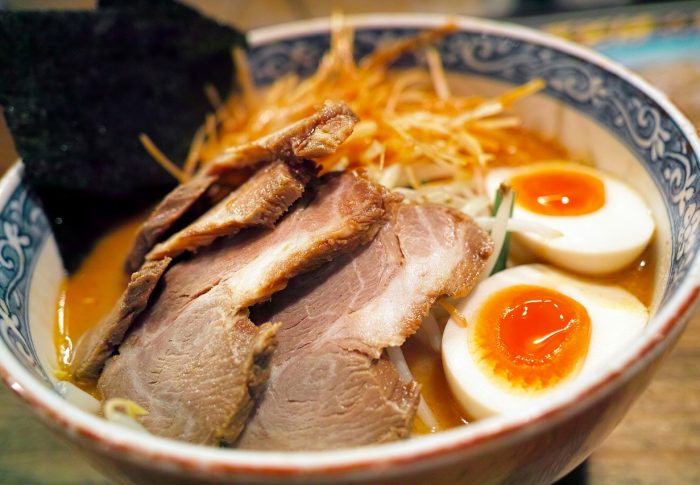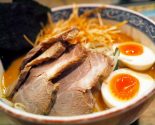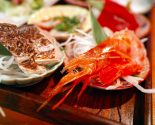
How to choosing a Sushi Restaurant
Many people I met told me that they don’t like sushi; upon pressing the matter, I learned that the place where they ate it was far less from ideal. It’s sad to think that many people cannot enjoy sushi because of a bad first experience. The usual culprit for this is a combination of lack of tradition in the place where they ate and poorly prepared fish. All fish swim in the ocean, but not all fish are suitable for sushi because how the fish is handled, from the water to the sushi bar, greatly influences its quality.
The Japanese word for sushi restaurant is sushiya.
- Eat only at the best place you can find. Many sushi bars are a bit expensive, but quality usually sucks, so price is no indicator of quality. Ask Japanese people where they go to eat sushi and go there.
- Stick to one or two good places once you find them. Regulars get better sushi and better overall service than casual patrons.
- The best sushi places I’ve been to in San Francisco, Mexico City, Zürich, Manhattan, Beverly Hills, Waikiki, Guadalajara, Paris, Moscow, Boston, Columbus OH (yes, you read that correctly), London, Amsterdam, Dallas TX, Milano, Toronto and Chicago have one thing in common: They have a very small sushi bar, i.e. they seat fewer than 12 people at the bar.
- A good Japanese restaurant is most often not a good sushi place. A good sushi place is usually a good Japanese restaurant.
- Count the number of Japanese sitting at the sushi bar. The more Japanese people eating there, usually the better the sushi. Remember: Japanese people are manic about quality.
- Most often than not, avoid the restaurants with little boats of sushi parading along a large sushi bar. It’s a great gimmick, but remember that those restaurants are to sushi what McDonald’s is to prime rib.
- The only chain of sushi restaurants in the world worth visiting (in fact, I encourage you to) belongs to Nobuyuki Matsuhisa. Nobu is arguably the best sushi chef in the world, and has opened a chain of small but high-quality (and pricey) restaurants in major cities in the US and in Europe.
Warning signs that you probably won’t get good sushi
- The fish and other seafood are not on display at the sushi bar
- The fish and other seafood on display look dry
- The sushi chef or (worse) a food server wants to take your order for all sushi items at once
- The sushi chef doesn’t give you a chance to order “one or two pieces at a time”, Japanese style
- The restaurant advertises “all you can eat sushi” for a fixed price
- The menu items are not listed in Japanese followed by a translation; they appear only in your native language
- The menu consists mostly of rolled sushi with names like California Roll or Oriental Delight
- More than half of the available ingredients are cooked
- The sushi chef hasn’t the vaguest idea of what you’re talking about if you ask for kazunoko, shiso, inago, chirashi, or yama gobo
- The morsels of fish atop nigiri pieces are so large that you can barely see the rice underneath (believe it or not, some people think that the sushi place is good because you get big pieces of fish). Big pieces of fish are good as long as the fish quality is good.
- The sushi rice is flavorless; sushi rice must have a delicate aroma and flavor
- The restaurant is part of a chain or franchise
If four or more of the conditions above are met, leave the place immediately and head to a different restaurant.




